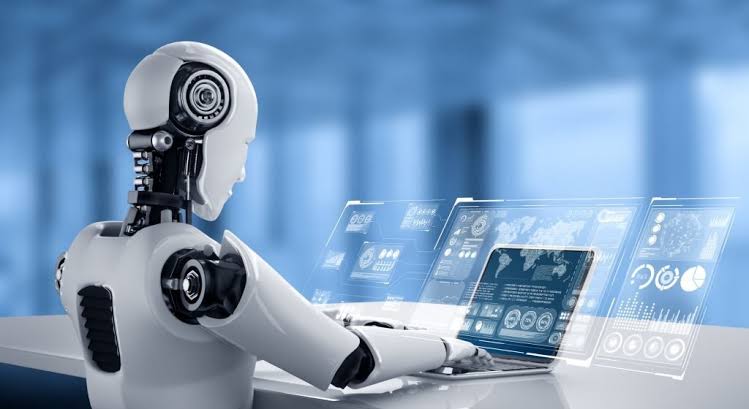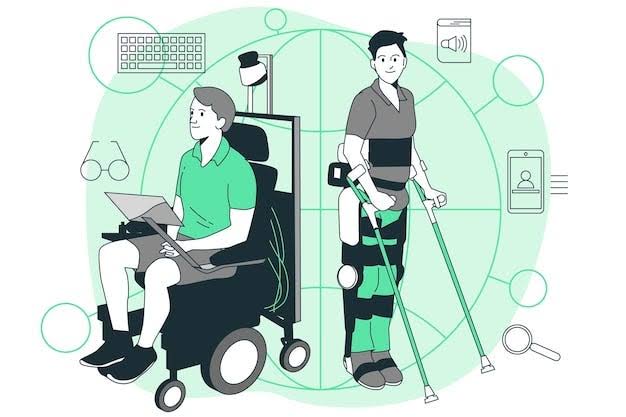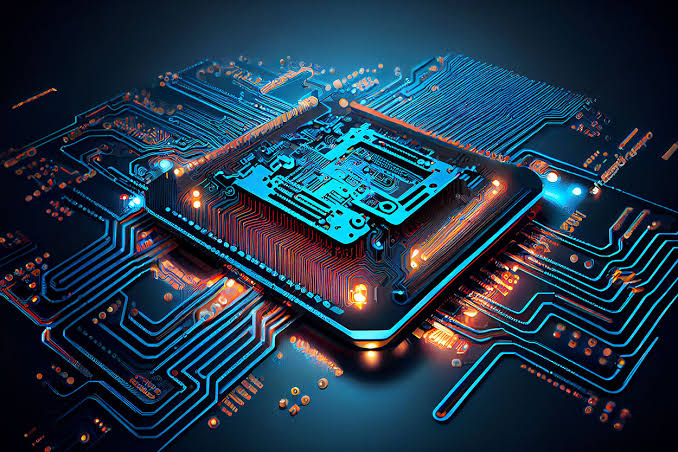Robotics and automation have undergone a dramatic transformation in recent years, reshaping industries and daily life. As of 2025, these technologies have advanced beyond traditional manufacturing applications to influence healthcare, logistics, agriculture, and even personal assistance. The integration of artificial intelligence (AI), machine learning, and the Internet of Things (IoT) has elevated the capabilities of robots, making them smarter, more adaptive, and highly efficient. Today, robotics and automation are no longer futuristic concepts—they are essential drivers of innovation, productivity, and convenience.
The Evolution of Modern Robotics
Robotics has evolved from simple, pre-programmed machines to intelligent, autonomous systems capable of learning and interacting with their environment. Early robots were primarily used in assembly lines for repetitive tasks, but modern robotics integrates AI and sensors to enhance precision, decision-making, and adaptability.
Key developments include:
- Collaborative Robots (Cobots): Designed to safely work alongside humans in factories and offices.
- Autonomous Mobile Robots (AMRs): Capable of navigating complex environments without human intervention.
- Humanoid and Service Robots: Used in customer service, healthcare, and hospitality for direct human interaction.
- Swarm Robotics: Multiple small robots working collectively to perform large-scale operations efficiently.
These advancements make robots not only tools for automation but also intelligent partners in various industries.
Automation in Industry and Manufacturing
Industrial automation remains one of the most significant applications of robotics. Automated systems improve production speed, reduce errors, and optimize resource usage.
Recent trends in industrial automation include:
- Smart Factories: Integration of IoT and AI for real-time monitoring and adaptive production processes.
- Predictive Maintenance: Robots equipped with sensors can identify equipment issues before breakdowns occur.
- Flexible Manufacturing: Modern robotic arms can quickly switch tasks, adapting to changing product demands.
- Supply Chain Automation: Automated guided vehicles (AGVs) and warehouse robots streamline inventory management.
Automation in manufacturing not only improves efficiency but also reduces costs and ensures consistent product quality.
Robotics in Healthcare
Healthcare has seen revolutionary applications of robotics, enhancing patient care and supporting medical professionals. Robotic technology contributes to precision, efficiency, and improved outcomes in both surgical and non-surgical contexts.
Examples of healthcare robotics include:
- Surgical Robots: Systems like Da Vinci robots enable minimally invasive procedures with high precision.
- Rehabilitation Robots: Assist patients in regaining mobility after injuries or surgeries.
- Medical Delivery Drones and Robots: Transport medication, equipment, and samples within hospitals or remote areas.
- AI-Driven Diagnostic Robots: Assist in scanning, imaging, and interpreting medical data faster and more accurately.
The combination of robotics and AI continues to push the boundaries of personalized and efficient healthcare.
Advances in Service and Domestic Robotics
Beyond industrial and medical use, robots have entered homes, offices, and commercial spaces to simplify daily life. Service robots perform tasks that improve convenience, productivity, and safety.
Notable examples include:
- Smart Home Robots: Automated vacuum cleaners, lawn mowers, and security bots.
- Hospitality Robots: Assisting with check-ins, cleaning, and food delivery in hotels and restaurants.
- Retail and Customer Assistance: Guiding customers, managing stock, and processing information in real time.
- Companion Robots: Providing emotional support and assistance to the elderly or individuals with disabilities.
These advancements are making robotics more accessible and practical for everyday use.
Integration with Artificial Intelligence and Machine Learning
The greatest leap in robotics and automation has come from integrating AI and machine learning, enabling robots to learn, adapt, and make decisions. AI-driven robots analyze data from their sensors to improve performance over time, creating a cycle of continuous learning and optimization.
Key benefits of AI integration include:
- Autonomous Navigation: Robots can adapt to dynamic environments without pre-programmed routes.
- Predictive Decision-Making: Learning from data to anticipate issues and prevent errors.
- Enhanced Interaction: Understanding voice commands, gestures, and visual cues to interact naturally with humans.
- Complex Problem-Solving: Solving tasks that require multi-step reasoning or environmental adaptability.
AI ensures that robots are not just automated but truly intelligent systems.
Robotics in Agriculture and Environmental Management
Automation in agriculture and environmental sectors is rapidly expanding to address global challenges like food demand and sustainability.
Applications include:
- Autonomous Harvesting Machines: Picking fruits and vegetables with minimal human labor.
- Precision Farming Drones: Monitoring soil conditions, crop health, and irrigation needs in real time.
- Environmental Cleanup Robots: Removing waste from oceans and rivers or monitoring pollution levels.
- Wildlife Conservation Robots: Tracking animal populations and supporting ecological studies.
These innovations help optimize resource use and contribute to sustainable environmental management.
Future Trends in Robotics and Automation
Looking ahead, robotics and automation will continue to evolve in several key directions:
- Increased Human-Robot Collaboration: Robots will assist, rather than replace, workers in diverse roles.
- Greater Mobility and Dexterity: Future robots will navigate complex terrains and handle delicate tasks more easily.
- Integration with 5G and Edge Computing: Faster connectivity will enable real-time control and remote operations.
- Ethical and Safe Automation: Addressing concerns about privacy, security, and job displacement through responsible innovation.
These trends indicate that robotics will be an essential part of modern life and work.
Conclusion
Advances in robotics and automation technology today have moved far beyond traditional manufacturing to revolutionize healthcare, domestic life, agriculture, and environmental management. The integration of AI, machine learning, and IoT has created intelligent, adaptable, and efficient robotic systems that enhance productivity and improve quality of life. As 2025 progresses, continued innovation in this field will further bridge the gap between human potential and automated efficiency, shaping a future where humans and robots collaborate seamlessly.




This is interesting